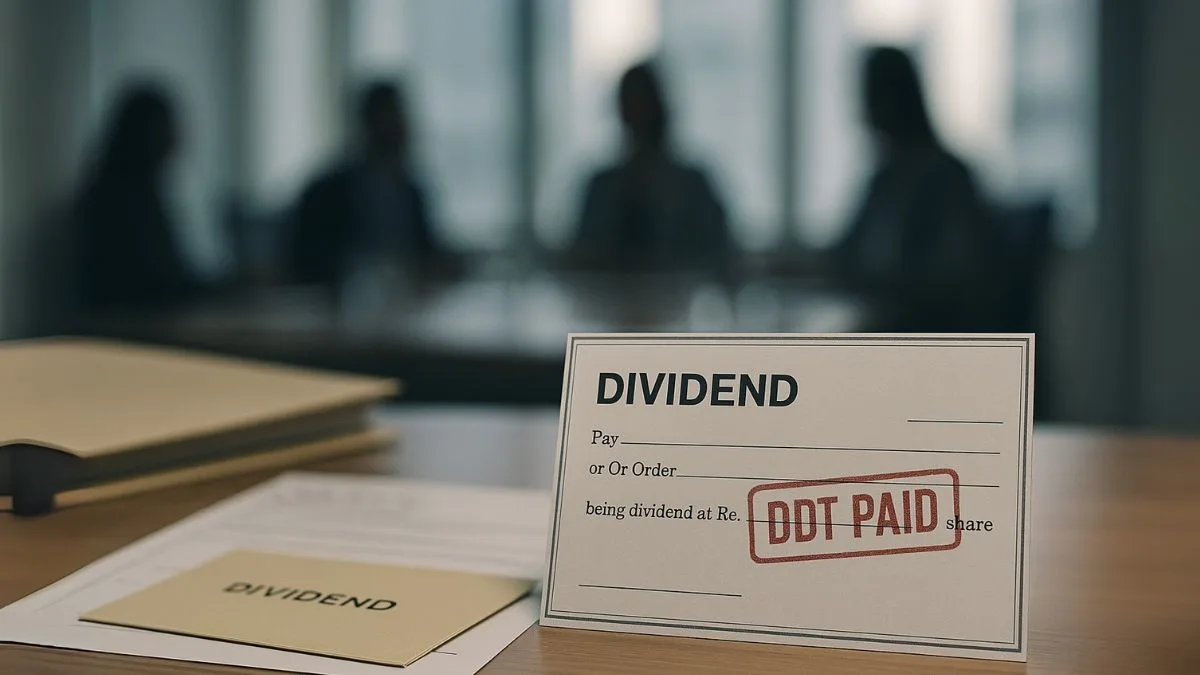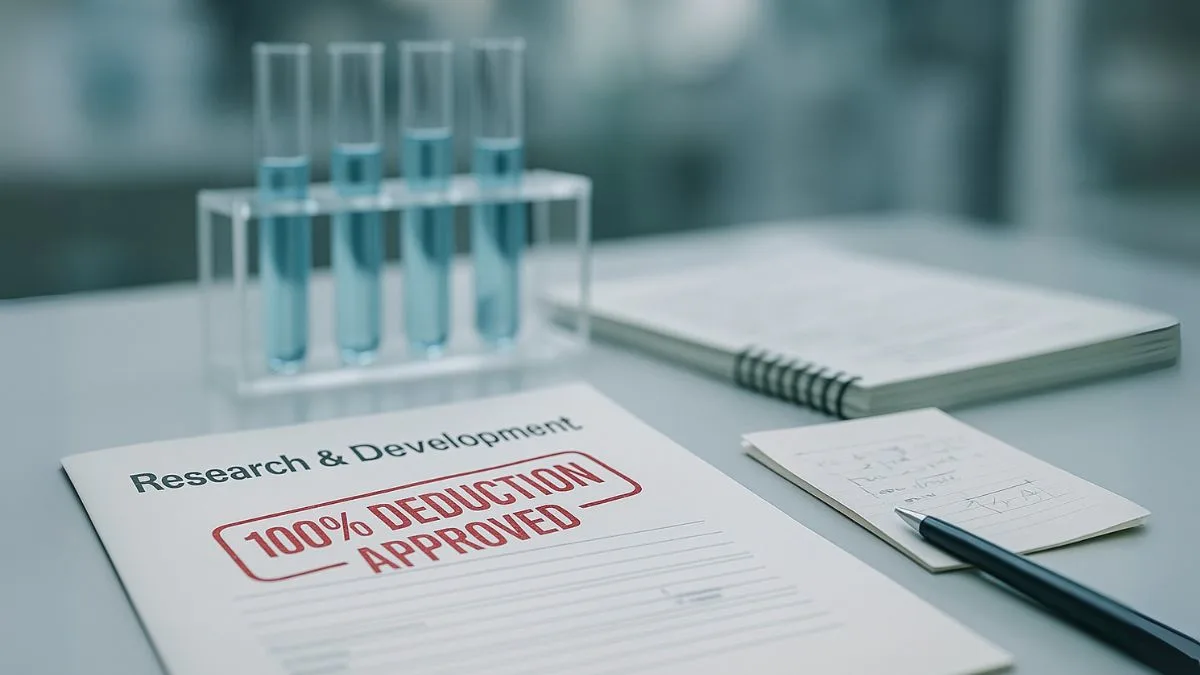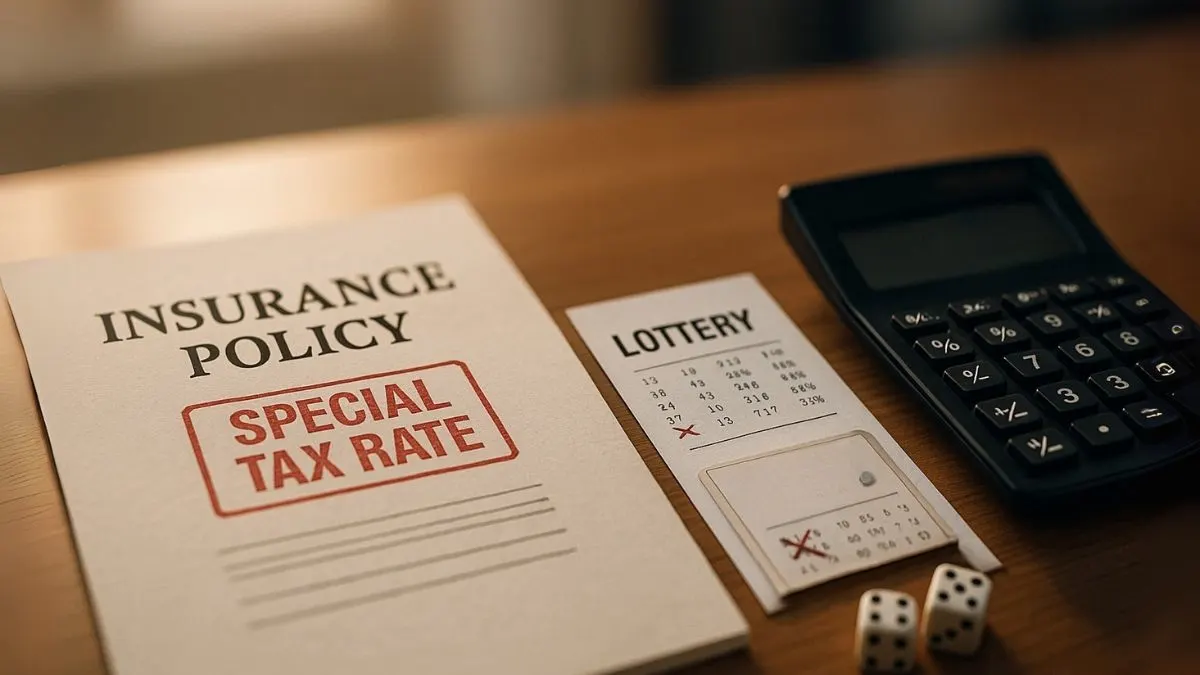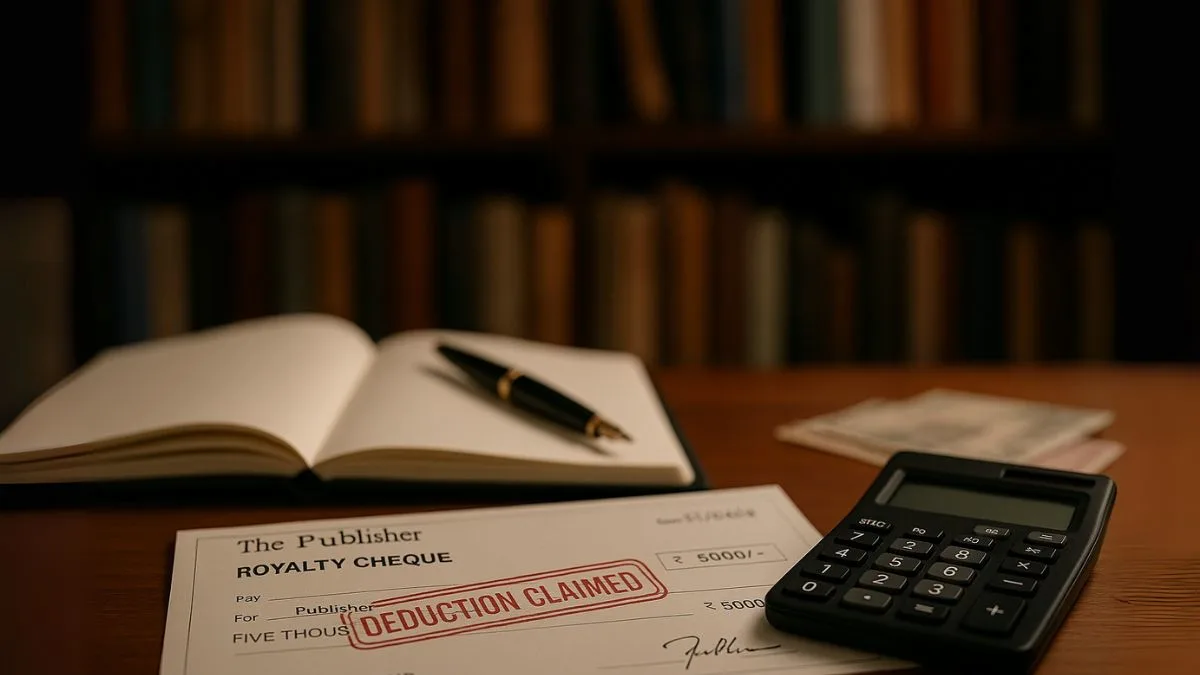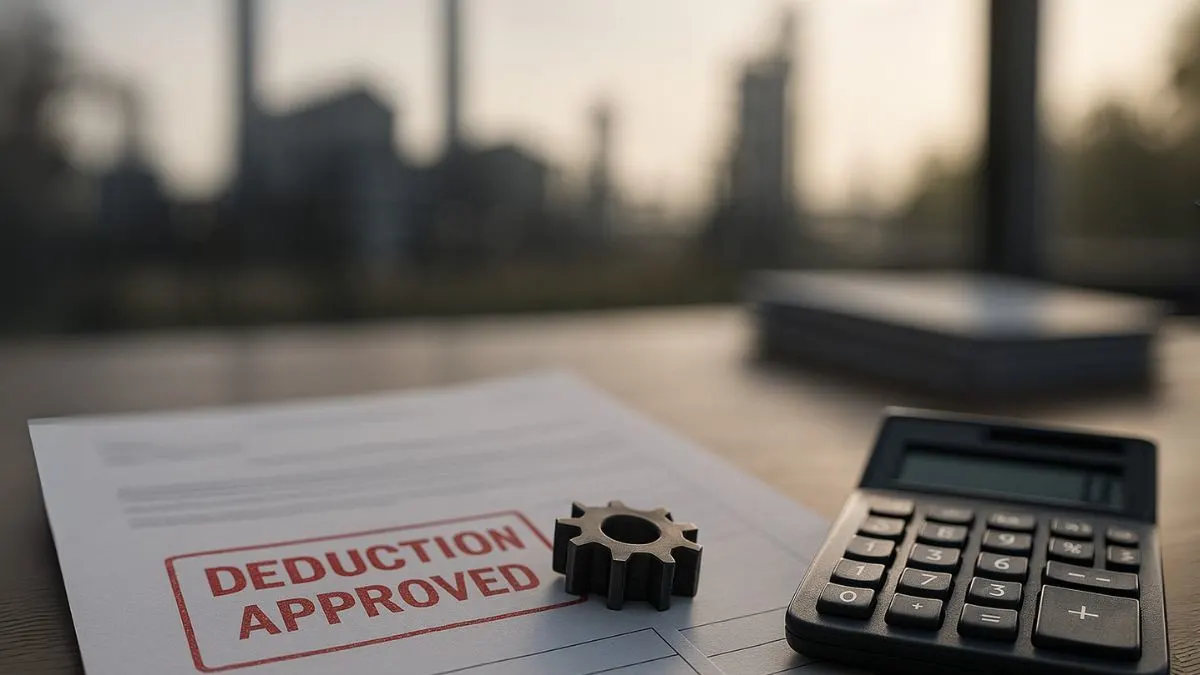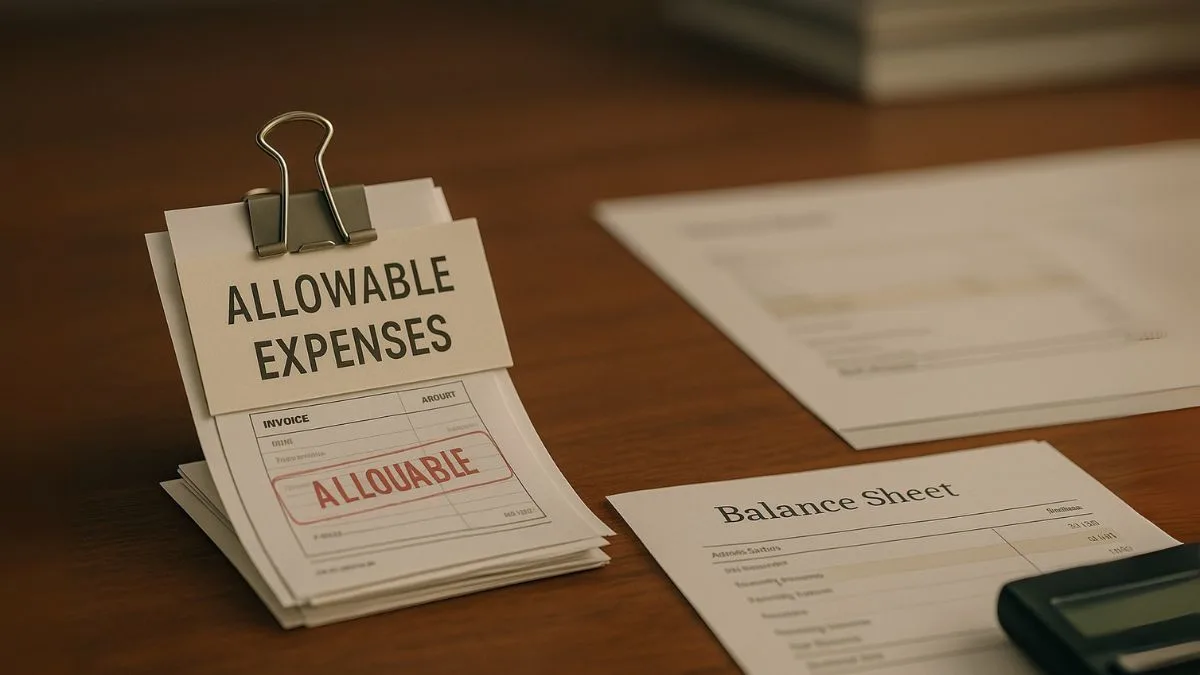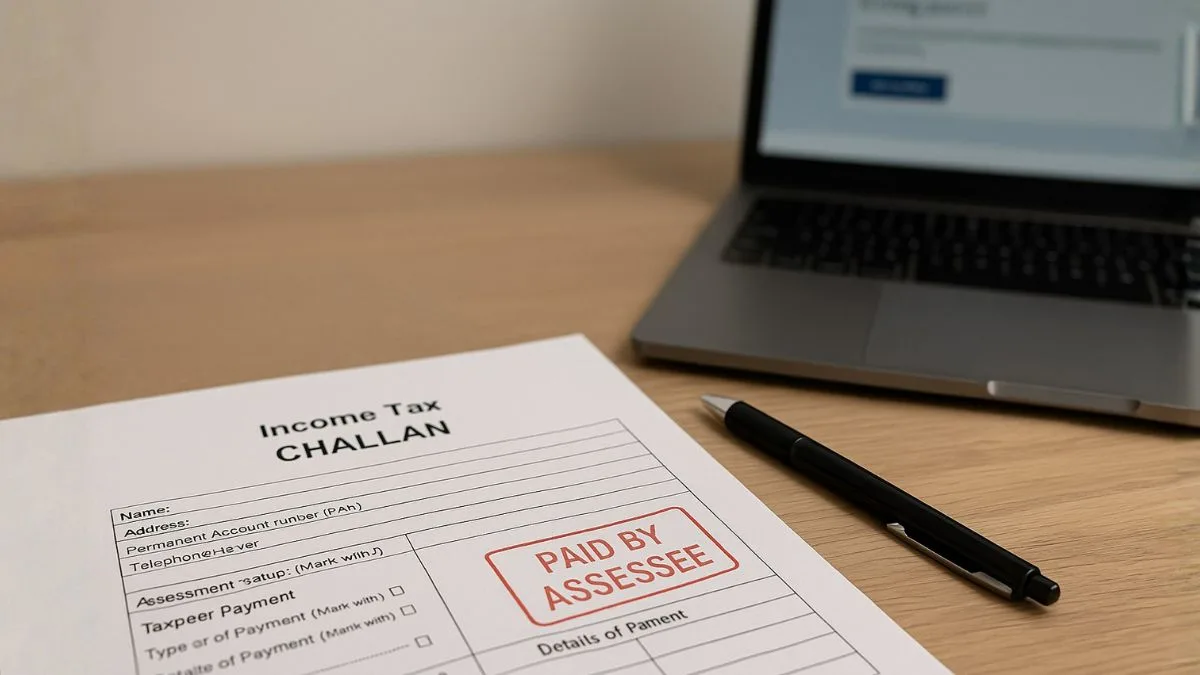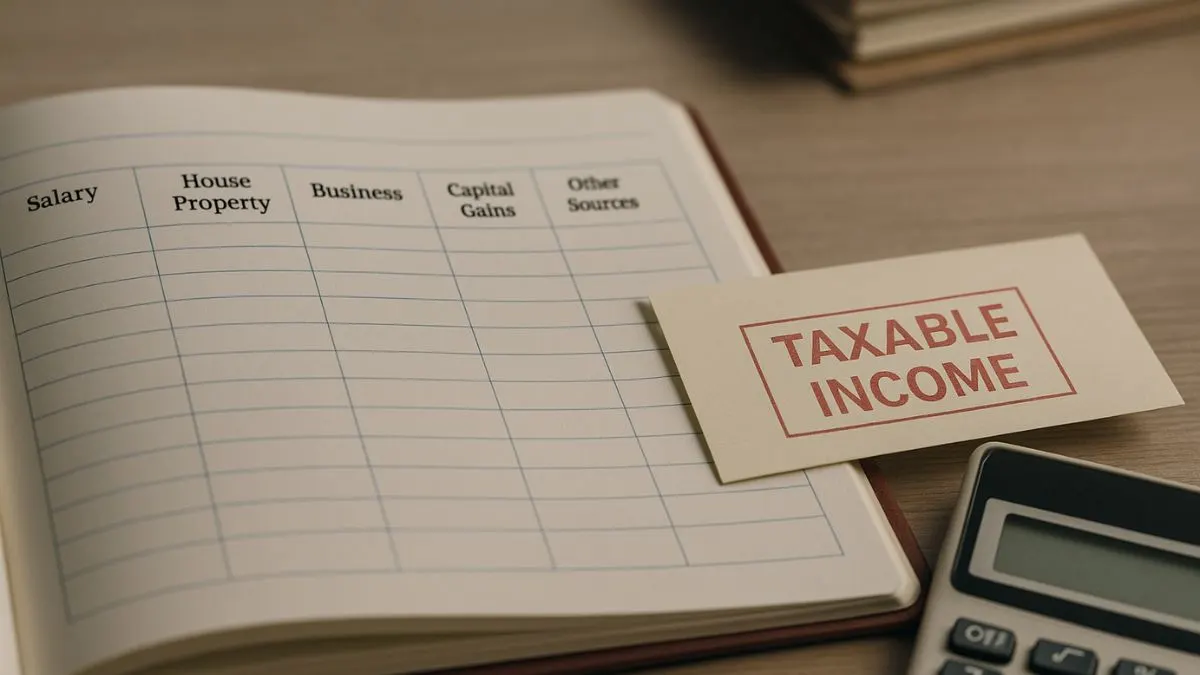
In the evolving landscape of tax compliance & digital surveillance, Section 285BA of the Income Tax Act has emerged as a powerful provision empowering the government to monitor specified financial transactions closely. If you’ve ever wondered how the Income Tax Department tracks high-value transactions, this section holds the answer.
Let’s simplify this for you. Section 285BA outlines the obligation to furnish a statement of financial transaction or reportable account by certain entities. The goal? To maintain a transparent economy & curb tax evasion.
What is Section 285BA?
Section 285BA of the Income Tax Act mandates specified reporting persons—like banks, companies, mutual funds, registrars, & even government departments—to furnish a statement of financial transaction (SFT). This statement includes details of transactions that cross a prescribed threshold.
These transactions are then matched with the taxpayer’s Income Tax Return (ITR). Discrepancies? Well, that’s when notices & scrutiny come into play.
Specified Financial Transactions: What Falls Under the Radar?
The Income Tax Department specifies the nature of transactions that fall under this section. These include:
- Cash deposits of ₹10 lakhs or more in a savings account
- Credit card payments above ₹1 lakh in cash or ₹10 lakh through any other mode
- Purchase or sale of immovable property valued at ₹30 lakhs or more
- Investments in mutual funds, debentures, shares, & bonds over specified limits
- Time deposits of ₹10 lakhs or more with banks or cooperative societies
This isn’t an exhaustive list, but it captures the essence of what gets reported under Section 285BA.
Who Must Report?
The Act lists specified reporting persons to furnish a statement of financial transaction, including:
- Banks & post offices
- Financial institutions like NBFCs
- Companies issuing shares, debentures, and bonds
- Registrars or Sub-Registrars
- Mutual Fund houses
- Stock Exchanges
- Insurance companies
- Government offices
If you’re one of these entities, you are required to file Form 61A to report these transactions to the Income Tax Department.
Rule 114E – The Backbone of Reporting
Rule 114E of the Income Tax Rules complements Section 285BA by detailing the reporting formats & deadlines. It specifies the nature, value, and format of information to be submitted. Essentially, while Section 285BA sets the legal obligation, Rule 114E defines the operational mechanics.
Examples of Transactions Reported Under Section 285BA
Here are some real-world examples:
- A property purchase worth ₹85 lakhs gets reported by the Sub-Registrar
- You invest ₹12 lakhs in mutual funds in a year — the AMC reports it
- You pay ₹2 lakhs via credit card — the bank is obligated to report
- A company issues shares to you worth ₹15 lakhs — this is also covered
So yes, even if you don’t file your returns, your financial footprint doesn’t go unnoticed anymore.
Penalties for Non-Compliance
Ignorance isn’t bliss here. If a specified person fails to furnish the statement, a penalty of ₹500 per day is levied for the delay. If the failure continues even after a notice, the penalty rises to ₹1,000 per day.
Also, filing incorrect information may attract a penalty of ₹50,000.
The government isn’t taking non-compliance lightly.
Common Misconceptions Busted
“I’m not a company, so this doesn’t apply to me.”
If you are a registrar, an inspector, or even a cooperative bank officer, you may still fall under the reporting obligation.
“Only cash transactions are reported.”
Nope! Digital or cheque payments are equally under the scanner, especially for credit card spends and investment transactions.
Relationship with Books of Accounts
This section is also tied to the requirement to maintain proper books of accounts. When a person responsible for maintaining books of accounts notices a transaction that qualifies under 285BA, it becomes their duty to report.
This aligns with broader tax obligations, such as those applicable to charitable trusts. Especially when it comes to transactions by charitable trusts with specified persons, which are already scrutinised under Section 13(3), this reporting adds another layer of compliance. Section 285BA complements those provisions by ensuring that even trusts or institutions define specified persons in their books & reporting formats clearly.
How Does It Help the Government?
It helps the IT Department to:
- Pre-fill ITRs using real-time data
- Flag suspicious or mismatched financial activity
- Improve tax-to-GDP ratio
- Ensure honest taxpayers aren't burdened
In essence, it shifts the tax regime from self-declaration to data-driven detection.
Final Thoughts
Section 285BA is not just another tax clause—it’s the government’s magnifying glass on high-value financial moves. Whether you're a business, bank, registrar, or investor, understanding this section helps you stay compliant & avoid hefty penalties.
Want expert help filing Form 61A or complying with Section 285BA?
[Let Callmyca.com do the heavy lifting for you — click here to consult our experts today!]

